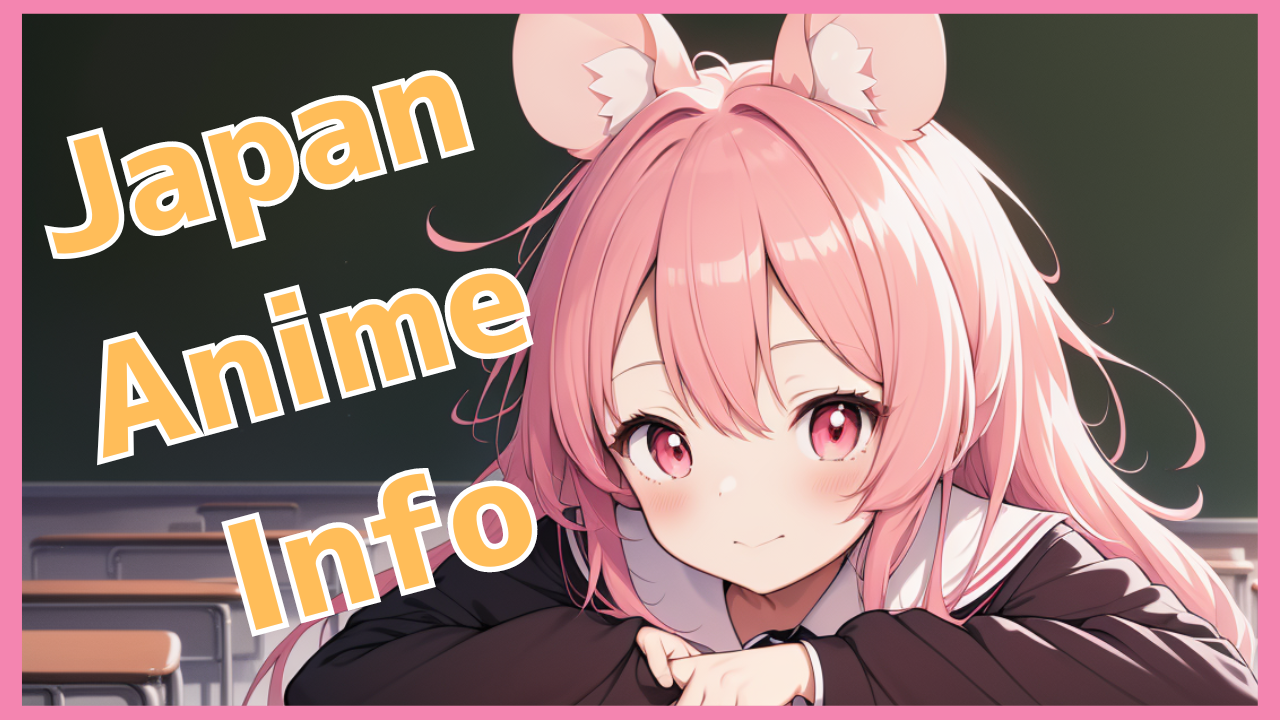This summer, the live-action movie “Kingdom: The Return of the General” is a big hit! Many people got into “Kingdom” through the movie, and there must be many people who are thinking of reading the original work. Here, we will
look into what Japan and the world were doing during the time of “Kingdom”, so we hope that those who got into it through the movie, those who have already read the original work and watched the anime, and those who have enjoyed it as historical trivia will enjoy it.
The Warring States period lasted from 403 BC to 221 BC when Qin unified China. It was a period
of about 200 years in which the seven states of Qi, Chu, Qin, Yan, Han, Wei, and Zhao were fighting. By the way
, the Spring and Autumn period, which preceded the Warring States period, began in 770 BC, and the atmosphere or common sense was different from that of the Warring States period.
The kings used the authority of the still-living Zhou dynasty to give themselves legitimacy and wage war. It was an era in which the kings were able to give just reasons for being kings and for fighting wars with other countries. The
turning point for the atmosphere of the times was in 403 BC, when Jin (a powerful state with Luoyi, the secondary capital of Zhou) was divided into Han, Wei, and Zhao. This incident seems to have been carried out with the Zhou Dynasty ignored, and as a result, it became known throughout the country that “the value of the Zhou Dynasty is zero.”
From this point on, there was no authority to guarantee the legitimacy of the king. In other words, “the winner is the king and justice.” It was truly a case of overthrowing the ruling class. This is the Sengoku period. It makes
sense, and is the background to the common sense and atmosphere of the world of “Kingdom.”
Now, let’s focus on “Kingdom”. What years does “Kingdom” take place in?
The story begins when Shin is 14 years old. It’s when he meets Sei. This takes place in 245 B.C. This
means that “Kingdom” is “the story of the last 20 to 30 years of the Warring States period”. Of course, only Hara-sensei knows how the story ends. Let’s assume that the
story ends with Qin unifying China. In this case, “Kingdom” takes place in the Gregorian calendar from 245 B.C. to 221 B.C., so I would like to use this as a basis to look into Japan and the world.
So what was the state of Japan at that time? We looked into it mainly using currently used high school textbooks and online information.
When Shin was receiving the spear of Ouki, and when Masa was struggling to steer the government, what was Japan doing? What were the specific episodes?
To give away the conclusion, we don’t know.
Since no written records remain, we don’t know who did what. Researchers are researching this from mythology and archaeology, but it seems difficult at the moment to make it into a theory that can be found in textbooks. However, one thing is certain: it
is the “Late Yayoi Period”!
People lived in moated settlements (kuni) ruled by a king (chief), and grew rice in paddy fields. They also had military power, using weapons made of bronze and iron. This is evidence that wars took place between the kuni.
『キングダム』に関係ないのですが、おまけとしての歴史を少し紹介させてください。
現在残っている文書の中で、中国の歴史書に日本(倭)が初めて登場するのは、後280-後297年の間に書かれた、『三国志』「魏書」第30巻「烏丸鮮卑東夷伝」内の「倭人条」だそうです。
いわゆる「魏志倭人伝」ですね。邪馬台国や卑弥呼が出てくるところなので、時代のイメージが湧きやすいですよね。
また、「魏志倭人伝」の内容より日本(倭)の古い記述があるのが、後398-後446年の間に南朝 宋の人が書いた『後漢書』です。ここに“後57年に漢の光武帝が倭の奴国に印を授けた”と書いてあり、福岡県で出土した「金印」がこの印に該当するとされます。
奴国がどんなクニだったのかについては“諸説あり”だそうです。


コメント